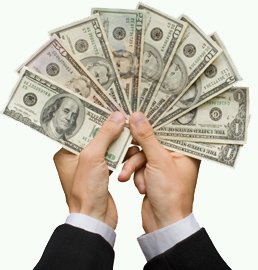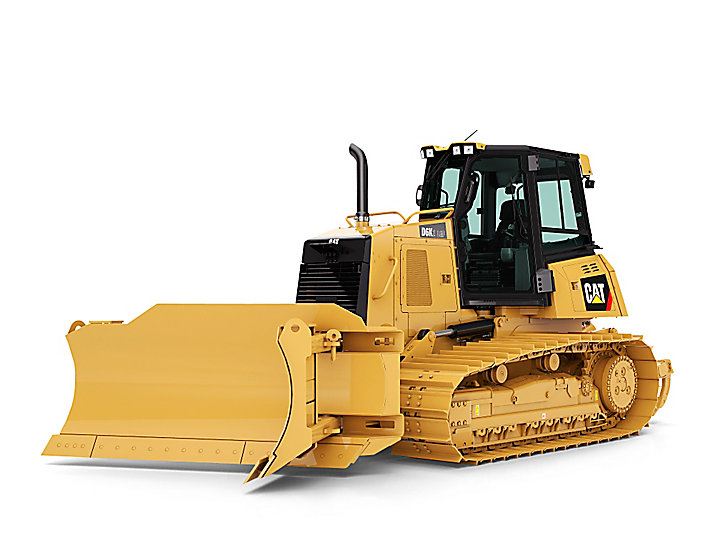Cash basis taxpayers can make decisions during these last few days of December to improve their tax situation.

Cash basis taxpayers report income and expenses in the year that they actually occurred. This allows cash basis taxpayers to defer income or accelerate expenses as the situation requires.
Income
Income must be recognized by a cash basis taxpayer when it has been constructively received and is available to the taxpayer. If a taxpayer receives a check in January for work performed in December, that income is taxable in the next year. However, if a taxpayer receives a check in December for work performed in December but puts it in a drawer and doesn't deposit the check until January, this is still income to the taxpayer because it had been constructively received and was available in December. With this being the case, tax basis taxpayers can manage their cash inflows at year-end by sending out bills later to defer collection to next year, or requiring customers to prepay if more cash/income is needed.
Expenses
Expenses can be recognized by a cash basis taxpayer in the year paid or charged. Yes, you read that correctly, charged. The IRS will allow charges on a credit card as cash basis expenditures, even if the bill is not paid until the next month. This provides some wiggle room for businesses that have cash flow concerns at year-end, because they can use a credit card to make purchases instead of cash.
Cash basis taxpayers can also use the end of the year to stock up on capital assets, especially right now due to the expiring Section 179 and Bonus depreciation provisions.
A word of caution: just because an entity is a cash basis taxpayer does not mean that every cash expense is deductible. All expenses must still be properly substantiated and properly deductible.
Cash basis taxpayers should also consider their business operations when making year-end decisions on spending. Yes, buying $5,000 of office supplies on New Years Eve will reduce the tax burden on the entity, but will that cash outlay penalize the business operations in January?

